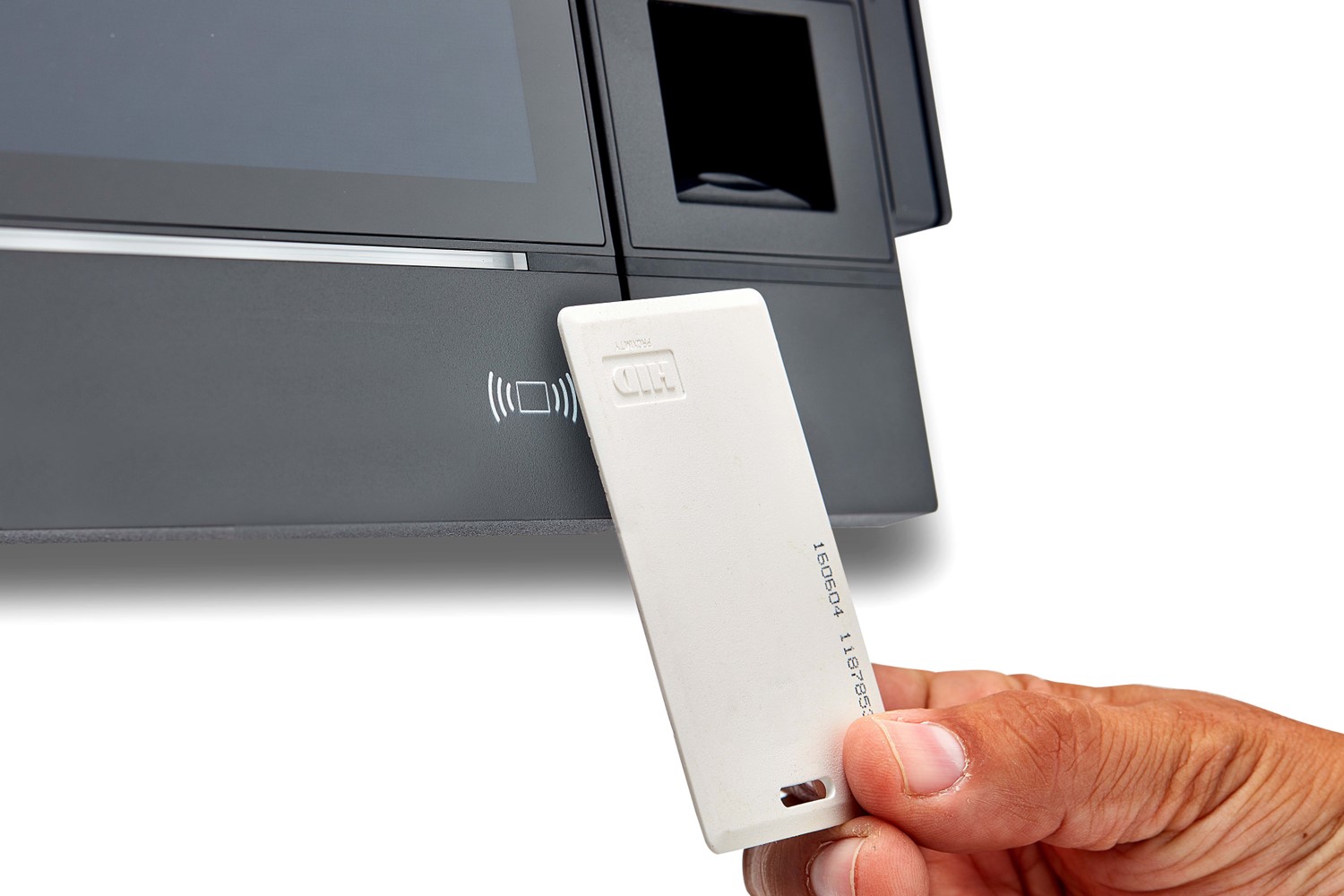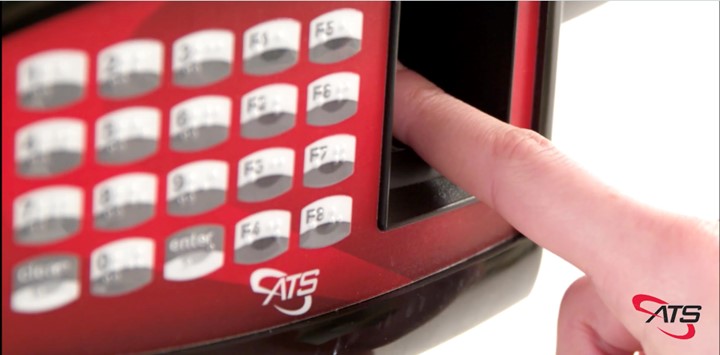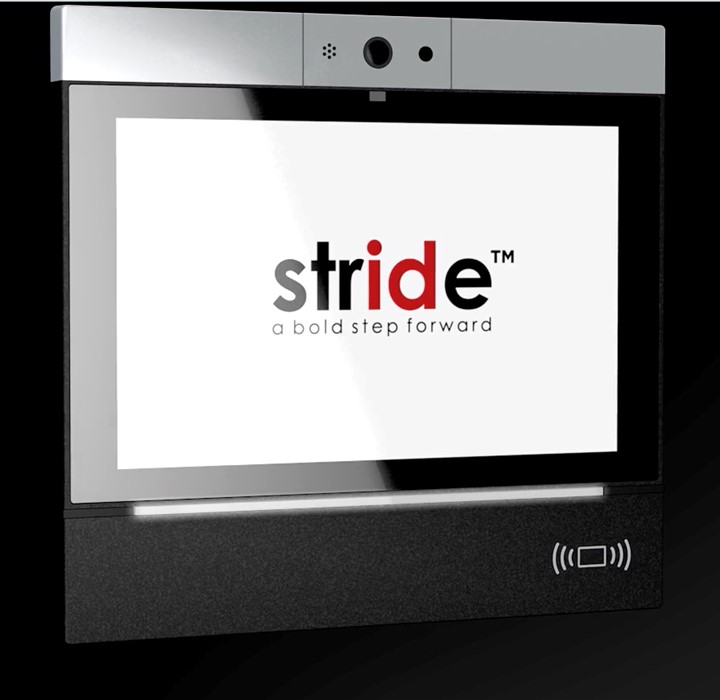The Best Time Clock System to Manage Employees’ Hours
Your customers want a complete time clock system that empowers them to take control over their payroll costs and productivity. The question is whether you can offer them a complete system or contribute to the overall time clock system with your software solution.
A comprehensive time clock system that can meet the needs of a broad range of enterprise companies, includes time clock hardware. It may also include a cloud-based integration between the back-end software and the time clock vendor’s cloud-based time management solution.
Re-selling quality time clocks is a critical piece of a time clock system and improves your customers’ ROI on your software, while increasing your revenue.
Successfully reselling time clocks means understanding the priorities and concerns of your customers so you can guide them through the employee time clock selection process. Understanding your customers’ needs improves your relationship and raises your value. It also lets you influence their time clock selection towards the one that best complements your software system.
Must-Have Time Clock Hardware
When selecting the right time clock, companies make their decision based on broad reviews of features. Yet, even before comparing specific time clock features, you need to walk them through an assessment of three threshold issues.
Contact ATS
- Time Clock Reliability is Vital for Tracking Employee Hours
If you sell a mechanical time clock or a digital network-connected clock, your customers are still left with manual time management workflows if it loses connectivity. They have to export the punch data into a spreadsheet and clean that data up, before it can be imported into your system for payroll processing. Instead of creating unnecessary problems for your customers, offer them a time clock with backup power and enough memory to store punches during an outage, and then automatically sends that punch data to your system once it’s reconnected. - Compare Reader Options
You want to offer time clocks that can be configured with a variety of readers, as different companies have varying preferences.- Barcode: This looks just like the black and white barcodes on everything you buy. A laser scans the barcode to identify the employee. It can be printed on a sticker, which makes it usable with any badge material.
- Proximity badge: The reader emits an electromagnetic field that detects the proximity badge when it’s in range of the time clock. The badge and time clock share data through this field. This option can provide a contactless experience when paired with a simplified workflow.
- Magnetic swipe badge: These are more like old credit cards. The magnetic stripe holds employee data, which the time clock reads when it makes contact.
- Keypad: This is an alphanumeric pad that employees use to punch in their employee ID.
- Biometric readers: These compare scans of a physical trait to confirm employee identity and provide the best level of security.
Any clock that requires the physical presence of the employee provides advantages over relying solely on a web-based, employee time clock.
- Can the Time Clock Handle the Work Environment?
Some work environments, like construction sites and manufacturing plants, need more robust time clocks than typical office spaces.A ruggedized time clock is made of materials and a casing design that protects it against harsh environments with an IP65 enclosure. It also has large buttons that gloved hands can use when clocking in and out.

Talking to Customers about Biometric Readers and Software
Adding a time clock with a biometric reader is the best way to ensure time theft isn’t bloating a business’s payroll. A biometric reader even provides a more secure alternative to using mobile devices to track employee payroll hours.
Compare Biometric Reader Technology
The most common biometric reader technology used with time clocks is palm recognition, finger recognition, and facial recognition. In each case, one of these physical features is scanned by the reader to create a template. A template is a small, encrypted data file based on an algorithmic conversion of the physical features.
Based on the feature scanned, small biometric details are captured. For example, a finger scan collects data on ridge swirls and depths; even more advanced biometric technology might collect vein patterns. Facial recognition software might look at proportions and relative distances among facial features.
When an employee stands before the time clock, the biometric reader scans the physical feature and compares that data to the stored template. If there’s a match, the employee can use the time clock for clocking in or out.
Answering Employees’ Questions about Biometric Time Tracking
Biometric readers are powerful tools in the management of payroll, HR, and other business functions. Even so, they can make some people uneasy. The most important issues to handle regarding biometric technology are employee consent and data privacy.
Consent: Some jurisdictions require a business to get documented, affirmative consent from an employee to participate in a biometric identification program. Best recommendations include:
- getting affirmative consent, regardless whether it’s legally required
- providing clear process for employee to revoke consent
- having one other reader option on the employee time clock to track hours of employees who opt out
Privacy: What your customers and their employees should understand is that a biometric identification system does not store physical images. The scan collects numerical data points, which it converts into a gibberish-looking data set and then encrypts. Employees aren’t at risk for identity theft. Biometric time clocks and software offer businesses numerous advantages in employee time tracking and management, HR management, and payroll processing.

Time Clock Software that Makes a Difference
When integrated with your software, the ideal time clock software delivers a broad range of services to the business, which support staff across the HR and payroll departments.
The Software-Programmable Time Clock
A hard-wired time clock only offers a binary punch option. All it collects is “in” or “out.” A software-programmable time clock means businesses can be tracking a lot more time and payroll information.
When you integrate your software with an ATS time clock, you can develop and configure different types of punches so your customers are tracking breaks and meal times, not just start and end of shift. This generates more precise employee hour management reporting.
Time clock function buttons can be configured to collect additional payroll information. For employees who receive tips for their work, a function button can be programmed to record their daily tips earned at the end of each shift.
The Power of Adaptable Time Clock Software
One step beyond the software-programmable time clock, is the time clock that gives you the flexibility to develop custom applications that reflect evolving customer needs.
- Do you want to expand the clock utility by allowing employees to manage schedules at the time clock?
- Maybe a customer wants to run short training videos or company messages for each employee when they clock in?
- How much time would payroll staff save if employees could do their payroll hour reviews at the time clock?
ATS offers the stride®80, an Android-based time clock that empowers your team to build custom applications like these, which run on the time clock and enhance the value of your software solution.
How a Time Clock Provides the Best Employee Experience
Employees are the primary time clock users. The right employee time clock makes their day better.
Give Employees a Time Clock that’s Easy to Use
The time clock shouldn’t make employees guess whether their punch or entered information has been accepted. It should deliver them a clear message.
- A large, high resolution screen makes reading messages and selection options easy.
- The stride®80 time clock has an LED light that can be programmed via software to emit different colors under specific conditions, which can be used to deliver visual flags to employees. Example: Having the light change to green when a punch is accepted is an easy way for employees to recognize a visual cue that their interaction is complete.
Another quality of an easy time clock experience is that it keeps the line moving so employees aren’t waiting to get to work or head home quickly.

Creating a Contactless Time Clock Experience
Given COVID and the ease in which diseases can be transmitted, employees are concerned about their health and safety. A time clock that can provide a contactless experience is no small way for management to let employees know they take this concern seriously. One way to do this is to select a time clock with a biometric facial recognition or proximity card reader. These are both contactless readers that can eliminate the need for employees to touch the time clock in nearly every interaction.
Businesses with certain types of ATS time clocks can take this even one step further by adding our infrared thermal scanner (IRT) to their time clock. The IRT uses an infrared scan to determine if the employee’s skin temperature is within an approved range. If not, the time clock can be programmed to prevent the employee’s punch from being accepted.
Use the Clock Software to Create an Employee Self-Service Terminal
A time clock, like our stride®80 and its Android-based development platform, lets you build and run high value applications at the time clock. Applications that empower employees to be more proactive about their scheduling, and even improve their schedule adherence.
Your team of developers can create time clock software for managing employee work hours, such as showing employees their overtime hours, accrued time-off, absentee rate, and other time management data.
With this scheduling information directly available to employees, they don’t need to take up time asking the HR or payroll staff. Employees can get their own scheduling answers at the time clock and businesses lower the administrative costs around their schedule management and payroll.
How a Time Clock Provides the Best Payroll and Manager Experience
Don’t overlook the time clock experience of the managers and back-office employees who use it.
Time Clock Software Data Collection Results in Efficient, Accurate Payroll Runs
The time clock software must collect and transmit to your back-end more than the exact hours worked to calculate payroll correctly and in compliance with all applicable tax and benefits requirements, and labor laws. It also needs to collect where those hours were worked, what hours were overtime, what role or department were they worked for and if it means a different pay rate.
The time clock’s automated data collection process powers the faster, more efficient payroll process – but it needs to work. Time clocks or software that’s unreliable isn’t useful. Payroll should have little need to perform manual payroll workarounds, reconciliations, or error investigations.
The time clock and software system with high reliability keeps administrative costs low and payroll runs fast.
Empower Managers and HR to Better Manage Employee Hours
To best manage employee work hours, managers and HR need detailed reporting on when and how employees are clocking in and out. Collecting descriptive punch types at the time clock is data they can look at, tracking exactly how an employee manages their own hours.
- Are they often late?
- Do they clock out for breaks or meals early?
- Are they taking their breaks?
HR staff and managers can read through the hours tracking and attendance reports generated by the time clock to proactively manage a host of issues, like absenteeism and overtime hours.
These hours reports can identify employees who may need some coaching or assistance to better manage their time and attendance. The time clock should be another tool in their tool box to manage employee relations and productivity.

Time Clock Software Integration
Integrating your software solution with the time clock software is easy with the best time clock system. ATS resale partners can pick from three integration options:
- Use our SDK tools and support to develop time collection software for the time clock and the integration between the ATS time clocks and your system.
- Have our time collection software, built for ATS clocks, installed on the time clocks, so only the integration needs to be built.
- Go to the cloud! Select the AccuCloud time collection and management system, which includes the time clock software and integrates through our middleware to your system. The AccuCloud monitoring portal shows you the real time status of each time clock’s connectivity and integration status. Integration Options: What can the Customer Handle?
We know that some businesses are more IT savvy than others, which is why we offer three integration options. Customers that don’t have the resources to build an API integration, can set up flat file delivery. Of course, API integration is available for those companies with the technical know-how to handle it.
The Best Time Clock Boosts Your Business
With three decades of designing and supporting time clock hardware and software, ATS is the experts of building and deploying time clock systems for our partners.
With ATS standing behind you, you can position your company as a knowledgeable partner to your prospects and customers, able to guide them through selecting the right time clock to best manage employee work hours and amplify the value of your solution – and your revenue
